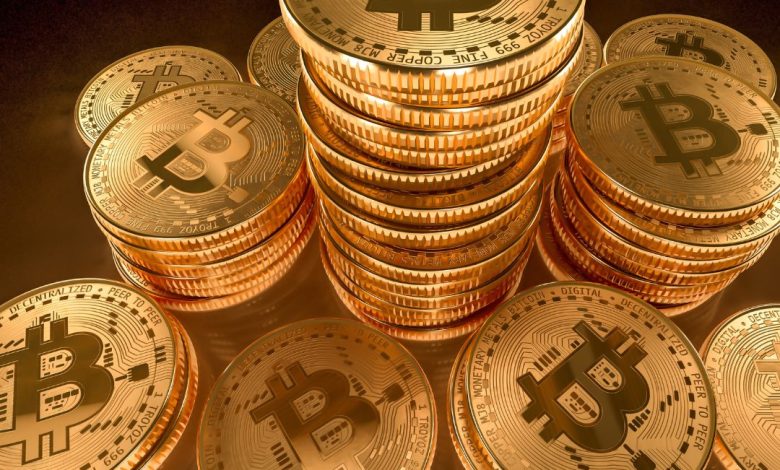Decentralized Finance – Know About The Financial Future

Nowadays, consumers need bank permission for everything, including getting home loans, carrying out regular transactions, and spending their money. But things might be about to alter in this regard. In this post, we will examine decentralized finance (DEFI), go over its benefits, and describe how it operates. Additionally, we’ll read DEFI’s real-world applications before reviewing the market conditions and concluding with some key takeaways.
Describe DEFI.
The fundamental goal of Defi, which stands for decentralized finance, is to provide everyone with access to traditional financial services by providing an ecosystem of financial services that are free from borders, permissions, and censorship and are driven by blockchain technology (or blockchain).
To construct a (P2P) financial system, conventional financial applications, including trade, loans, borrowing, payments, and insurance, can be incorporated into smart contracts and carried out by decentralized applications (DApps).
People will have complete access to financial services and comprehensive management of their assets thanks to the development of DEFI. Additionally, because most of the code used by these DApps is in Ethereum smart contracts, anyone with access to the internet can use them whenever they want, from anywhere in the world.
How does DEFI function?
Most Defi development services are web-based platforms that utilize smart contracts to operate on the Ethereum network. The loan is the most common of the several applications for defi services.
- Credits and Loans
The defi system’s most frequent use cases involve decentralized lending. Eliminating intermediaries reduce counterparty risk, making loans and loan operations more affordable, quick, and available. The following advantages of a decentralized lending and borrowing system over a traditional credit system:
– Capability to use digital assets as collateral
– No credit inquiries
– Future standardization that might occur
- Banking services for money
Issues involving bonds, mortgages, and insurance are included in this category. In the cryptocurrency community, the issue of stability bonds is a hot topic. They are typically based on the value of FIAT currencies like the Euro or the Dollar.
The volatility of prices is one of the most significant barriers to using digital currencies. The cryptocurrency market is very unsuitable for day trading. A decentralized digital token, however, unquestionably fixes this issue at a constant price.
- Independent Exchanges (DEX)
The most promising application of a defi is most likely a DEX. You must trust an intermediary (the exchange) to store your digital assets in a typical business. Users can conduct direct transactions and interact with other cryptocurrency users on a DEX. Because they require less maintenance than centralized exchanges, DEXs typically charge lower transaction fees. In addition to DEXs, this topic also involves the creation of derivatives, synthetic assets, decentralized prediction markets, and many more use cases.
Why is DEFI decentralization the financial model of the future?
Technology improves consumer efficiency, responsiveness, and profitability by eliminating intermediaries and creating a more direct line to the public. Decentralization via blockchain generally results in a more profitable, accessible, and safe banking system.
The 3 Major Benefits of Being DEFIs:
A decentralized financial system has three key characteristics that set it apart from the established banking system. The advantages of decentralized fundraising via the open blockchain are as follows:
Open: It is available to everyone worldwide.
Distributed and decentralized: Thousands of machines store it, offering additional protection.
No third-party interference: There is no third party demanding verification documents. Hence no trusted third party is required.
Financial institutions can immediately see how faster, more cost-effective, and easily accessible blockchain technology can benefit them. The technology has significantly reduced the number of people without access to financial services by making banking services available to everyone with an Internet connection and a computer with a connected device.
Conclusion-
DeFi as a technology is still in its infancy at the beginning of 2022. It’s safe to assume that it hasn’t yet realized all of its potentials. Numerous initiatives, including Solana, Terra Luna, and Avalanche, combine the decentralization capabilities of DeFi with different, robust blockchain technology.
However, integrating DeFi with AI and machine learning is one of the most promising outcomes (ML). While humans have created the majority of blockchain and DeFi projects and systems so far, AI and ML can completely transform DeFi protocols by analyzing past transactions and enhancing the efficiency and security of upcoming ones.




